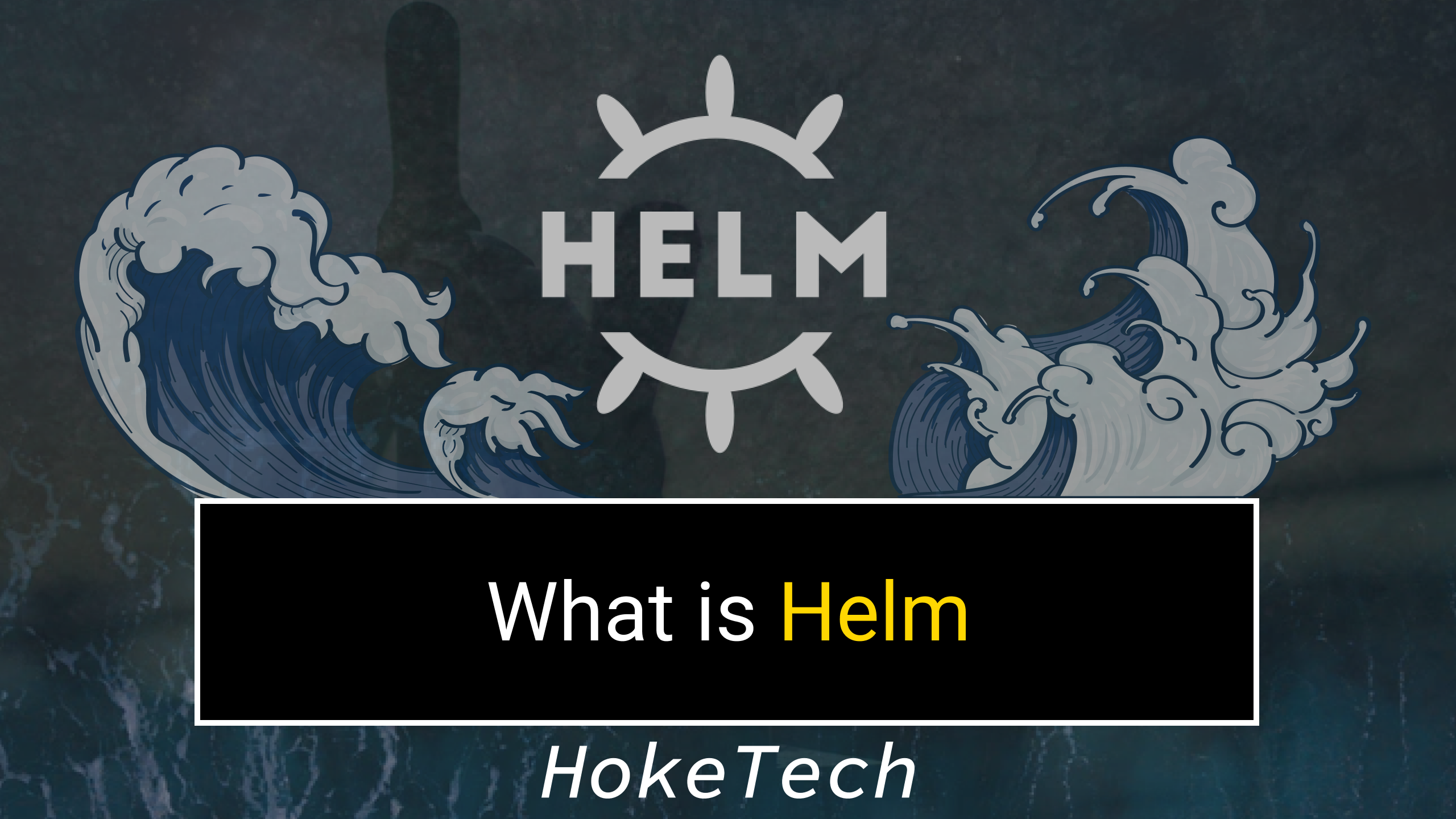Helm is one of the best tools for being able to deploy, share apps to K8s everywhere consistently with easy configuration. By preparing Helm Charts you’ll manage your deployments easily & quickly. Also, you can gather all dependencies within the Helm Templates. Kubernetes helps you to maintain the cluster with the desired state. Helm helps you to obtain and reconfigure at runtime your desired state as key-value.
Helm is an automation tool that eases the installation and management of Kubernetes applications. It uses a packaging format called charts and we have templates that describe Kubernetes resources in it.
In brief, Helm is the package manager of Kubernetes as yum or apt is the package manager of Linux.
There are some terminologies related to Helm that needs to be understood before using Helm.
- Chart:
A Helm Chart contains all the resource definition that is necessary to run an app on Kubernetes. - Tiller:
Tiller is the Helm server that contacts with the Kubernetes API to interacts and apply actions on the Kubernetes resources that deployed. - Release:
The general name of the Kubernetes resources that are deployed with the specific Helm Chart - Repository:
A Helm Repository is where Helm Chart’s present and shared with others - Helm:
The name of the project. Also, the CLI command of the project but in lowercase(helm).
Basic Helm Commands
- helm repo add
For adding public or private helm repositories. e.g.
helm repo add stable https://charts.helm.sh/stable - helm repo list
For listing helm repositories that are already added - helm install
For installing charts to the Kubernetes cluster. e.g.
helm install –name my-release stable/nginx-ingress - helm ls
For listing installed helm charts on the Kubernetes cluster. - helm history
For listing the revisions for a specific installation. e.g.
helm history my-release - helm upgrade
For updating the related Kubernetes resources as a revision, after the first installation of a helm chart. e.g.
helm upgrade –name my-release stable/nginx-ingress - helm rollback
For rolling back to an older revision of the helm installation. e.g.
helm rollback my-release 1 - helm repo remove
For removing a previously added repository from your local. e.g.
helm repo remove stable - helm delete
For deleting the installed Helm Chart with all related Kubernetes resources. e.g.
helm delete –purge my-release
You can also prepare your own Helm Charts with helm create CLI command;
helm create my-release

These are the files that are generated with the above command.
- Chart.yaml
This is the file that includes the details of the helm chart. - values.yaml
The configuration file that includes default values. - templates folder
This is the folder includes Kubernetes manifest file templates that will also get parameters from values.yaml for resources.
You can also find the prepared Helm Charts on; https://github.com/helm/charts
This repository is the official Helm repository for Helm Charts. Also, charts organized into two main folders; Stable (tested & ready to use) & Incubator (actively developed).

